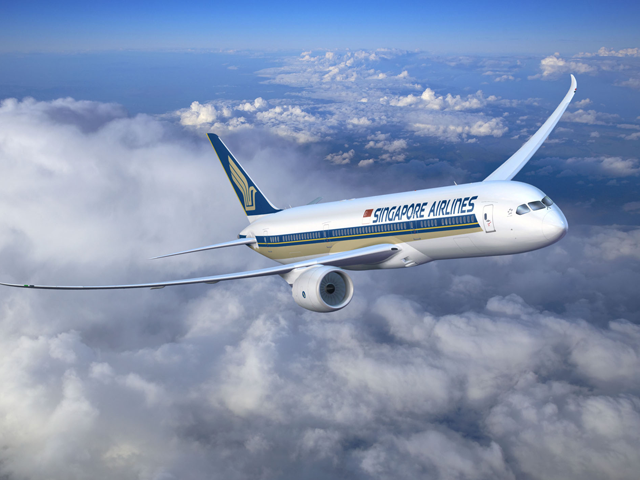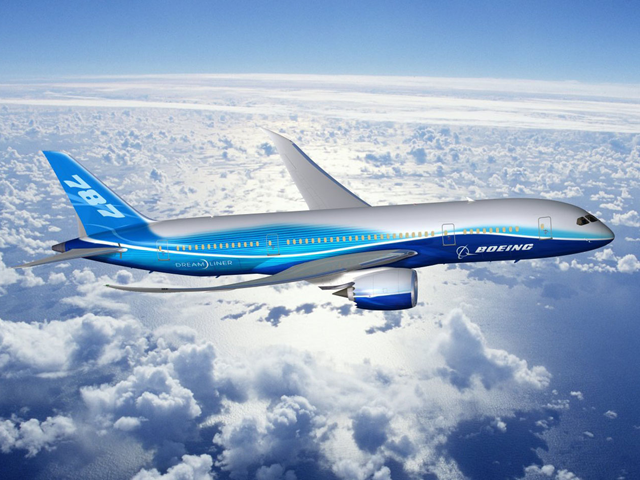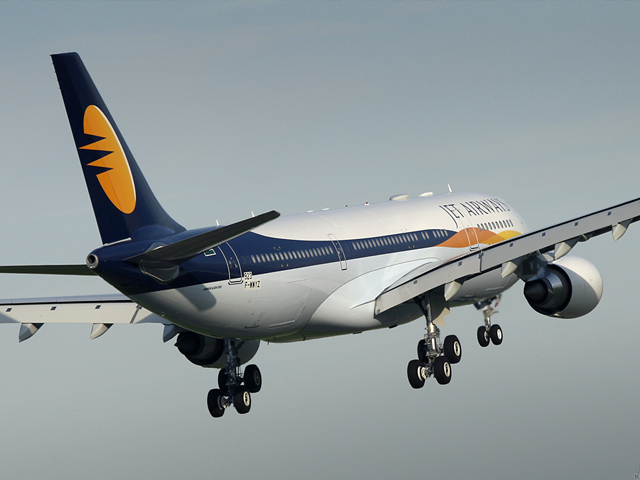This information is provided by the British Government for the convenience of enquirers, but neither Her Majesty's Government, nor any official of the Consulate, take any responsibility for the competence or probity of any firm/lawyer on these lists or for the consequence of any legal action initiated or advice given.
Contact information for the Bar Association of each state can be found at the bottom of this page.
Honorary Legal Advisor to the British Consulate General
Mr. Norman MacLeod
381 Bush Street, Suite 200
San Francisco, CA 94104
Tel: 415 362 4090
Fax: 415 362 1305
Can advise on UK and US law General practice but not criminal or immigration cases.
ALASKA
Ely and Havelock
632 Christensen Dr, Suite 100
Anchorage, AK 99501
Tel: 907 276 1916
Fax: 907 258 9053
Former Attorney General of Alaska, US, UK and Canadian law.
Daniel Patrick O’Tierney
16320 Bridgeview Dr,
Anchorage, AK 99516
Tel: 907 269 5153
Administration regulatory and utilities law
IDAHO
Bosch, Daw & Ballard Chartered
225 North Ninth Street Suite 210
Boise, ID 83702
Tel: 208 344 9140
Corporate, Taxation, Real Estate Law, Family law, Criminal law
Ringert & Clark Chartered
455 South Third Street
Boise, ID 83702
Tel: (208) 342 4591
Fax: (208) 342 4657
www.ringerlaw.com
All Forms of Law Except Immigration
Hawley, Troxell, Ennis & Hawley
Wells Fargo Bank Building
877 Main Street Suite 1000
Boise, ID 83702
Tel: (208) 344 6000
www.hteh.com
Corporate, Business, International, Immigration Law
MONTANA
Antonioli & Wade
700 South Avenue West Suite F
Missoula, MT 59801
Tel: 406 543 5773/Fax: 406 721 0528
Family and employment law
Karey Law Firm
225 West Broadway
Missoula, MT 59802
Tel: 406 728 0011
Civil, Litigation
NORTHERN CALIFORNIA
Baum and Blake
2 Boston Ship Plaza
San Francisco, CA 94111
Tel: 415 956 5544
Fax: 415 956 5547
Plaintiff’s personal injury and wrongful death litigation.
Carroll, Burdick and McDonough
155 Sansome ST, Suite 810,
San Francisco, CA 94104
Tel: 415 989 5900
Fax: 415 989 0932
www.cbmlaw.com
Business litigation and transactional matters. Also international law.
Campbell and DeMetrick
220 Montgomery Street, Suite 966
San Francisco, CA 94104
Tel: 1800 334 8242
Fax: 415 392 2620
www.drunkdrivingdefensepro.com
DUI and Vehicular Homicide defense.
Cooley Godward LLP
One Maritime Plaza, 20th Floor
San Francisco, CA 94111
Tel: 415 693 2000
Fax: 415 951 3699
Email: sanfrancisco@cooley.com
US and International Matters. Business Law, Immigration and employment specialists, covering a broad range of US and International, commercial, intellectual property, licensing, immigration and litigation matters.
Elliot and Maycock
220 Sansome Street, 12th Floor
San Francisco, CA 94104
Tel: 415 765 5111
Fax: 415 765 5122
www.emvisa.com
Immigration and Nationality Law. Offices also in Washington DC.
Epstein Becker and Green
2 Embarcadero Center, Suite 1650
San Francisco, CA 94111
Tel: 415 398 3500
Fax: 415 398 0955
www.ebglaw.com
Full service national law including international employment and labour law. Has a very large health care practice.
Fallon, Bixby, Cheng and Lee
130 Battery, Suite 550
San Francisco, CA 94111
Tel: 415 781 2338
Fax: 415 781 6564
www.fbcl-visa.com
US Immigration and naturalisation matters.
Lew, Fong and Leung
456 Montgomery Street, Suite 700
San Francisco, CA 94104
Tel: 415 781 8251
Fax: 415 434 3748
General practice. Translations from Chinese characters. Some knowledge of Hong Kong law.
Graydon S Staring
Embarcadero Center, Suite 2700
San Francisco, CA 94111
Tel: 415 984 8200
Fax: 415 984 8300
General corporate law, taxation, two banking, commercial and litigation expertise.
Edward R Litwin
425 Market St,Suite 220,
South San Francisco, CA 94104
5201 Great America Parkway, Suite 320, Santa Clara
Tel: 650 588 7100
Fax: 650 588 4302
Email: info@litwinlaw.com
US Immigration.
Bingham and McCutcheon
3 Embarcadero Center, Suite 1800
San Francisco, CA 94111
Tel: 415 393 2000
Fax: 415 393 2286
www.bingham.com
General practice, but no criminal law.
Pillsbury Winthrop
50 Fremont Street
San Francisco, CA 94105
Tel: 415 983 1000
Fax: 415 983 1200
www.pilsburylaw.com
Corporate law. General practice, but not divorce or criminal cases.
Saveri and Saveri
1 Embarcadero Center, Suite 1020
San Francisco, CA 94111
Tel: 415 217 6810
Fax: 415 217 6813
General practice but not criminal cases. Trust accounting, probate.
Simmons and Ungar
50 California Street, Suite 470
San Francisco, CA 94111
Tel: 415 421 0860
Fax: 415 421 0772
www.simmonsungar.com
Immigration and Nationality law. Primarily for corporations.
Dennis M Sullivan
601 California Street, 16th Floor
San Francisco, CA 94108
Tel: 415 982 5454
Fax: 415 982 1732
www.dmsullivanlaw.com
General civil practice with emphasis on international business and personal transactions, including corporation and partnership law, real estate, probate, personal injury and wrongful death and business insolvency. Related trial practice.
Munro, Nelson and Pearl
315 Montgomery ST, 7th Floor
San Francisco, CA 94104
Tel: 415 771 7500
Fax: 415 771 5009
www.immigrationlaw.com
Specializes in immigration matters. Also general international and domestic law.
Brayton Purcell
222 Rush Landing Road
Novato, CA 94948
Tel: 415 898 1555
Fax: 415 898 1247
Email: gpurcell@braytonlaw.com
www.braytonlaw.com
Asbestos litigation, personal injury and product liability.
Law Offices of Marsh and Perna
235 Montgomery St, Suite 620
San Francisco, CA 94104
Tel: 415 781 4050
Fax: 415 781 2554
Emphasis on business-related immigration matters including professional working visas, intra-company transferees, and general immigration matters
Tim J Fricker
409 13th Street, 17th Floor
Oakland, CA 94612
Tel: 510 663 8484
Fax: 510 663 0639
Family, custody, criminal and ERISA (long-term disability insurance claims)
Squire, Sanders and Dempsey
1 Maritime Plaza, Suite 300
San Francisco, CA 94111
Tel: 415 954 0200
Fax: 415 393 9887
UK and US law. General practice, including both international business and immigration law.
Law Offices of Elizabeth R Monnet
667 Lytton Avenue, Suite 6
Palo Alto, CA 94301
Tel: 650 833 1880
Fax: 650 833 1888
www.monnet-law.com
This practice will emphasize general corporate and business law for American, British and European entrepreneurs.
International Law Offices
1931 N Street, Suite 300
Sacramento, CA 958
Tel: 916 443 1117
Fax: 916 443 5758
US law. General practice including both international business law and foreign law and immigration.
Kronick, Moskovitz, Tiedmann and Girard
400 Capitol Mall, 27th Floor
Sacramento, CA 95814
Tel: 916 321 4500
Fax: 916 321 4555
Kronick, Moskovitz, Tiedmann and Girard
(Bakersfield Office)
1675 Chester Avenue, Suite 320
Bakersfield, CA 93301
Tel: 661 864 3800/ Fax: 661 864 3810
San Luis Obispo Office
1432 Higuera St
San Luis Obispo, CA 93401
Tel: 805 786 4302/Fax: 805 786 4319
www.kmtg.com
Areas of Legal Practice
Banking and Creditors Rights, Business law, Construction Law, Education law, Eminent Domain, Labor and Employment law, Energy, Environment law, Insurance Coverage, Litigation, Municipal and Public Agency, Non Profit Organisation, Public Finance, Real Estate Law, Redevelopment and Housing, Special Education, Water law.
OREGON
Davis, Wright, Tremaine
1300 Southwest Fifth Suite 2300
Portland, OR 97201
Tel: 503 241 2300
505 Montgomery St, Suite 800
San Francisco, CA 94111
1201 3rd Avenue, Suite 220.
Seattle, WA 98101
www.dwt.com
Mainly Corporate and Environmental Law
Bullivant, House, Bailey
888 Southwest Fifth Avenue Suite 300
Portland, OR 97204
Tel: 503 228 6351
www.bullivant.com
All Forms of Law Except Criminal and Domestic
Lane, Powell, Spears, Lubersky
601 Southwest Second Avenue Suite 1200
Portl, and, OR 97204
Tel: 503 226 6151
www.lanepowell.com
All Forms of Law Except Criminal and Family
Miller Nash LLP
3400 U.S. Bancorp Tower
111 S.W. Fifth Avenue in 3400 US Bancorp Tower
Portland, Oregon 97204-3699
Toll-free: 1-877-220-5858
Tel: 503 224-5858
Fax: 503 224-0155
Email: clientservices@millernash.com
www.millernash.com
*Miller Nash is a Board Member of the British American Business Council, Seattle*
Williams, Kastner & Gibbs PLLC
Pioneer Office Tower
888 SW Fifth Avenue, Suite 600 in pioneer office tower
Portland, OR 97204-2025
Phone: 503 228-7967
Fax: 503 222-7261
Email: info@wkg.com
www.wkg.com
*WKG is a Board Member of the British American Business Council, Seattle
WASHINGTON
Cairncross & Hempelmann
524 Second Avenue Suite 500
Seattle, WA 98104
Tel: (206) 587 0700
www.cairncross.com
Carney, Badley, Spellman
700 Fifth Avenue Suite 5800
Seattle, WA 98104
Tel: (206) 622 8020
www.carneylaw.com
All Forms of Law
Davis, Wright, Tremaine
1201 3rd Avenue, Suite 2200
Seattle, WA 98101
Tel: (206) 622 3150
www.dwt.com
Corporate Law
Foster, Pepper & Shefelman
1111 Third Avenue Suite 3400
Seattle, WA 98101
Tel: (206) 447 4400
www.foster.com
Corporate, Real Estate, Land Use
Helsell & Fetterman LLP
1001 Fourth Avenue Suite 4200
Seattle, WA 98101
Tel: (206) 292 1144
www.helsell.com
All Forms of Law Except Criminal
Lane, Powell, Spears, Lubersky
1420 Fifth Avenue Suite 4100
Seattle, WA 98101
Tel: (206) 223 7000
www.lanepowell.com
All Forms of Law Except Criminal and Domestic
Miller Nash LLP
4400 Two Union Square
601 Union Street
Seattle, Washington 98101
Toll-free: 1-877-220-5858
Tel: (206) 622-8484
Fax: (206) 622-7485
Email: clientservices@millernash.com
www.millernash.com
*Miller Nash is a Board Member of the British American Business Council, Seattle*
Perkins & Coie
1201 Third Avenue 40th Floor
Seattle, WA 98101
Tel: (206) 583 8888
www.perkinscoie.com
Mainly Corporate Law
Williams, Kastner & Gibbs PLLC
Two Union Square
601 Union Street, Suite 4100
Seattle, WA 98101-2380
Phone: 206 628-6600
Fax: 206 628-6611
Email: info@wkg.com
*WKG is a Board Member of the British American Business Council, Seattle*
Paine, Hamblen, Coffin, Brooke & Miller LLP
717 West Sprague Avenue Suite 1200
Spokane, WA 99201
Tel: 509 455 6000
www.paine-hamblen.com
All Forms of Law
Witherspoon, Kelley, Davenport & Toole, PS
US Bank Building 11th Floor
West 422 Riverside
Spokane, WA 99201
Tel: 509 624 5265
www.wkdtlaw.com
All Forms of Law Except Criminal
Eisenhower & Carlson LLP
1201 Pacific Avenue Suite 1200
Tacoma, WA 98402
Tel: 253 572 4500
www.eisenhowerlaw.com
All Forms of Law Except Criminal
Gordon, Thomas, Honeywell, Malanca, Peterson & Daheim
1201 Pacific Avenue, Suite 2100, (in Wells Fargo Plaza Building)
Tacoma, WA 98401
Tel: 253 620 6500
www.gth-law.com
All Forms of Law
Williams, Kastner & Gibbs PLLC
1301 A Street, Suite 900
Tacoma WA 98402-4200
Phone: (253) 593-5620
Fax: (253) 593-5625
Email: info@wkg.com
www.wkg.com
*WKG is a Board Member of the British American Business Council, Seattle*
Miller Nash LLP
500 E. Broadway, Suite 400
Vancouver, Washington 98660-3324
Toll-free: 1-877-220-5858
Tel: 360 699-4771
Fax: 360 759-4694
Email: clientservices@millernash.com
www.millernash.com
*Miller Nash is a Board Member of the British American Business Council, Seattle*
WYOMING
Davis & Cannon
40 South Main
Sheridan, WY 82801
Tel: 307 672 7491
www.davisandcannon.com
All Forms of Law Except Criminal, Immigration
Widerspahn & Reese
2015 Central Avenue, Suite 200
Cheyenne, WY 82001
Tel: 307 638 6417/Fax: 307 638 1975
All Forms of Law Except Immigration, Tax (no criminal or family law)









 9:32 PM
9:32 PM
 Charles dickens
,
Charles dickens
,























